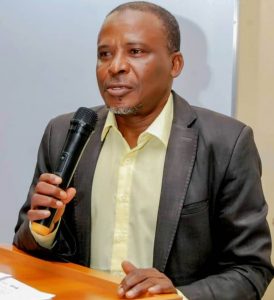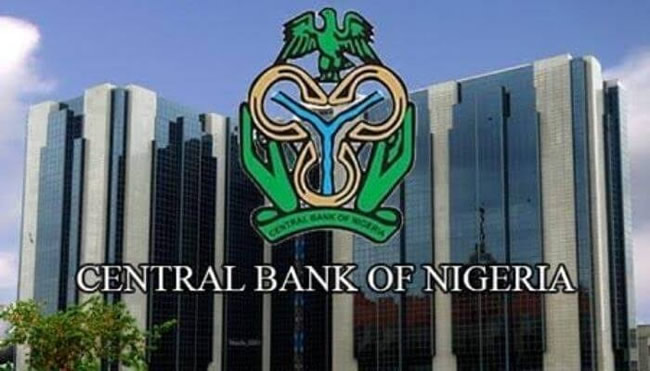Reflection on Telecommunication Development in Nigeria
By Y. Z.Yaú, CITAD, Kano
Recently, I have been involved in a survey of last mile connectivity providers (LMC) in northern part of the country, with the aim of understanding their skills gaps and training needs. The objective is to develop a strategic programme to help them, that is if they still exist.
LCM providers are a generic loader that consist of at least four different players. There is the group of small internet service providers (ISPs), providing services to small communities where the big ISPs find unattractive. Secondly, there are cyber café operators who provide internet access usually in fixed locations. The other two are community communication centres or digital centre, usually established by government agencies as bridging mechanism and community networks, which are established by communities themselves to provide a host of telecommunication services to areas where major market players are unwilling to go because the profits return is not assured. While through the Universal Service Provision fund (USPF), the government has set up a number of community centres, community networks are hardly existing in the country. We still do not have a policy on how to license and regulate them, even as government has recognized them as key to bridging the connecting gaps in the country. Therefore, in the context of Nigerians only the first three are existing.
When internet penetration started to gain traction in the country, the telecommunitions sector regulator, the Nigeria Communication Commission (NCC) provided licenses to a large number of ISPs. As of now, there are about 190 such license holders. However very few of them are doing the business of ISP. They have been sequenced out of the business by mobile network operators (MNOs) who became automatic ISP license holders.
One other development at the infancy of the internet era in Nigeria was the transformation of what were called business centres (providing facilities for typing and photocopying of documents for those who need these services but could not afford the facilities for doing so in their homes or offices) to cyber cafes. Cafes became the dominant means of accessing internet for individuals and even individuals within organizations. Transforming a cyber café from a business centre did not require NCC license. All that was needed was to find an ISP to provide the business centre with internet access, not matter how slow, because becoming competitive in terms of selecting on the basis of speed was limited. At this point the MNOs were focused on transmitting voice, with little interest for conveying data for which internet was a major component.
With the small but steady penetration of android phones that allowed individuals to access internet from their handsets, three significant things happened. The first was the gradual loss of customers and clients by the cyber cafes as people now have more convenient alternative way of accessing the internet. Many of these cyber cafes which have blossomed in the mid-1980s started to close in droves that today there are very few cafes operating, those left running largely due patronage of JAMB and students population in the country. The second development was that since the individuals get their access through the MNOs, the MNOs became mega ISPs and thus displaced the small ISPs such that today very few of these ISPs are operating.
The third development was the transformation of the recharge card business value chain. With the speed MNOs rolled out infrastructure to provide connectivity for Nigerians, they needed to develop the necessary distribution infrastructure for their recharge cards to be available everywhere they are or as MTN puts its “everywhere you go”. This led to the creation of new classes of business of printing recharge cards, their distribution and sell. Many jobless young people became the last mile sellers of recharge cards, hawking these on the streets. In the end, it was a major job creator, even if it is debatable whether some of the jobs were not decent jobs. With the digitization of financial services, banks, in partnership with MNOS, became mega recharge card printers and sellers, just as MNOs become mega ISPs. The two megas (banks and MNOs) have reconfigured the businesses around the recharge card business charge, the result of which was the displacement of the earlier business charge, this rendering many of those recharge card based businesses out of operation. And many people employed along the chain also jobless.
While official rhetoric’s keeps telling us that the ICT sector has been generating jobs, not acknowledging the massive transformation and reconstitution as well as the reconfiguration of the jobs. The truth is that there has been a major transformation in in the way in which two major players have continued to expand and monopolize businesses that other distinct players were doing. In this transformation, they remain the winners while those they displaced have gone under and with them, many jobs. There is even the fact that when MNOs take the jobs of ISPs and banks take that of recharge card business, they do not add new staff on their operations as they see these as new income streams to beef up their profits. This adding of new business portfolios by the megas are not done in the context of a review of our relevant policies.
Our relevant policies have remained literary static both in objectives and content. It is time to do a review based on the realities of both the industry and the economy. What exactly do we want ICT to do to us as a country and a people: do we see it as a service sector, enhancing the efficiency and effectiveness or other sectors or do we see it as sector of its own that can create wealth and jobs for the country? Making the clear choices, which does not preclude also a mix of the two will contribute in deciding what some policies objectivise we want accomplish and what corresponding strategies we have to deploy to reach the goal.




